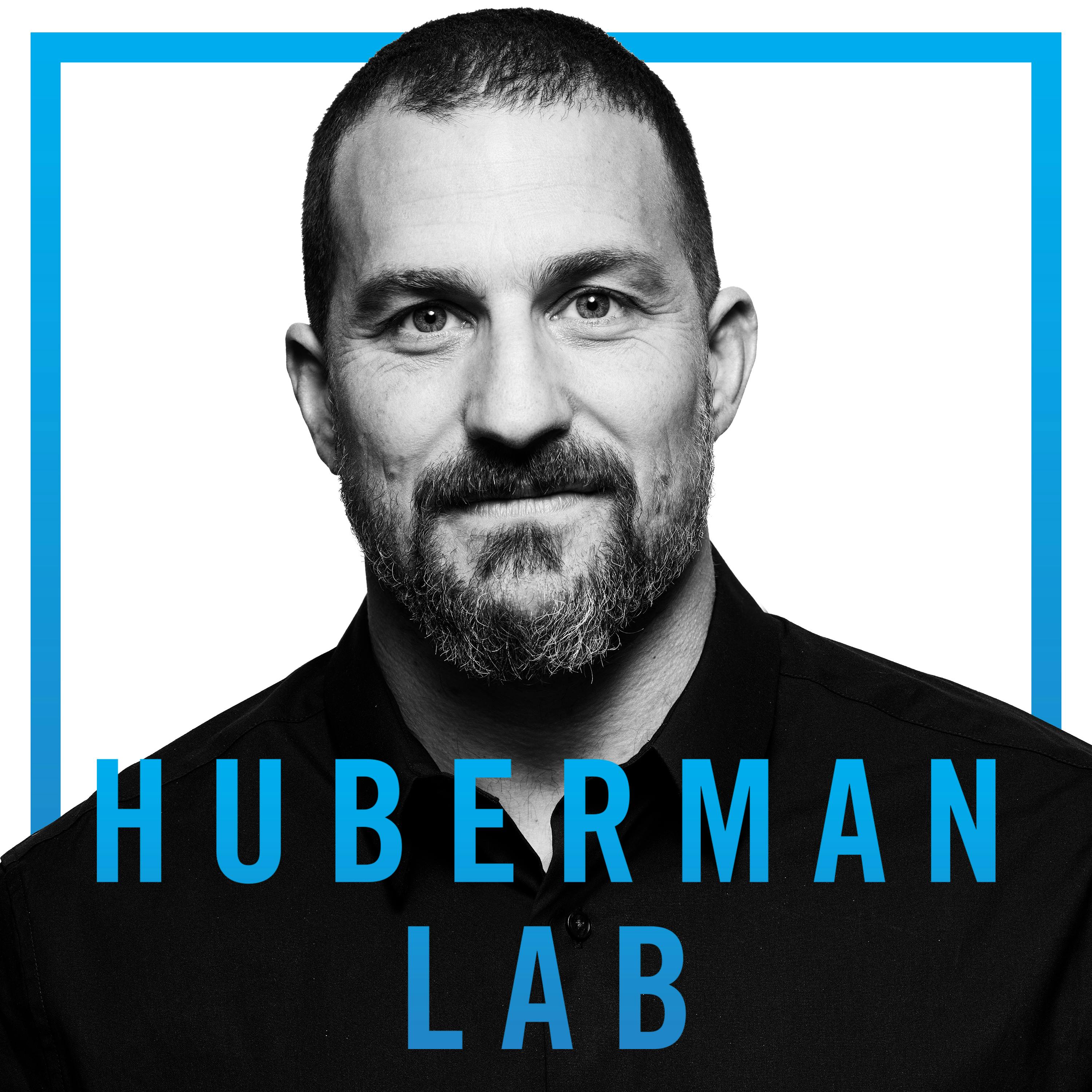
Dr. E.J. Chichilnisky: How the Brain Works, Curing Blindness & How to Navigate a Career Path

Huberman Lab
Deep Dive
- The retina captures light and transforms it into electrical signals.
- The retina processes these signals and sends them to the brain.
- The brain assembles these signals into our visual experience.
Shownotes Transcript
In this episode, my guest is Dr. E.J. Chichilnisky, Ph.D.), a professor of neurosurgery and ophthalmology at Stanford University. He studies how we see and uses that information to build artificial eyes that restore vision to the blind.
We discuss how understanding the retina (the light-sensing brain tissue that lines the back of our eyes) is critical to knowing how our brain works more generally.
We discuss brain augmentation with biologically informed prostheses, robotics, and AI and what this means for medicine and humanity.
We also discuss E.J.’s unique journey into neuroscience and how changing fields multiple times, combined with some wandering, taught him how to guide his decision-making in all realms of life.
This episode ought to be of interest to anyone interested in learning how the brain works from a world-class neuroscientist, those interested in the future of brain therapeutics and people seeking inspiration and tools for navigating their own professional and life journey.
For show notes, including referenced articles and additional resources, please visit hubermanlab.com).
Thank you to our sponsors
AG1: https://drinkag1.com/huberman)
Eight Sleep: https://eightsleep.com/huberman)
ROKA: https://roka.com/huberman)
BetterHelp: https://betterhelp.com/huberman)
InsideTracker: https://insidetracker.com/huberman)
Momentous: https://livemomentous.com/huberman)
Timestamps
(00:00:00) Dr. E.J. Chichilnisky
(00:02:31) Sponsors: Eight Sleep, ROKA & BetterHelp
(00:06:06) Vision & Brain; Retina
(00:11:23) Retina & Visual Processing
(00:18:37) Vision in Humans & Other Animals, Color
(00:23:01) Studying the Human Retina
(00:29:48) Sponsor: AG1
(00:31:16) Cell Types
(00:36:00) Determining Cell Function in Retina
(00:43:39) Retinal Cell Types & Stimuli
(00:49:27) Retinal Prostheses, Implants
(01:00:25) Artificial Retina, Augmenting Vision
(01:06:05) Sponsor: InsideTracker
(01:07:12) Neuroengineering, Neuroaugmentation & Specificity
(01:17:01) Building a Smart Device, AI
(01:20:02) Neural Prosthesis, Paralysis; Specificity
(01:25:21) Neurodegeneration; Adult Neuroplasticity; Implant Specificity
(01:34:00) Career Journey, Music & Dance, Neuroscience
(01:42:55) Self-Understanding, Coffee; Self-Love, Meditation & Yoga
(01:47:50) Body Signals & Decisions; Beauty
(01:57:49) Zero-Cost Support, Spotify & Apple Reviews, Sponsors, YouTube Feedback, Momentous, Social Media, Neural Network Newsletter